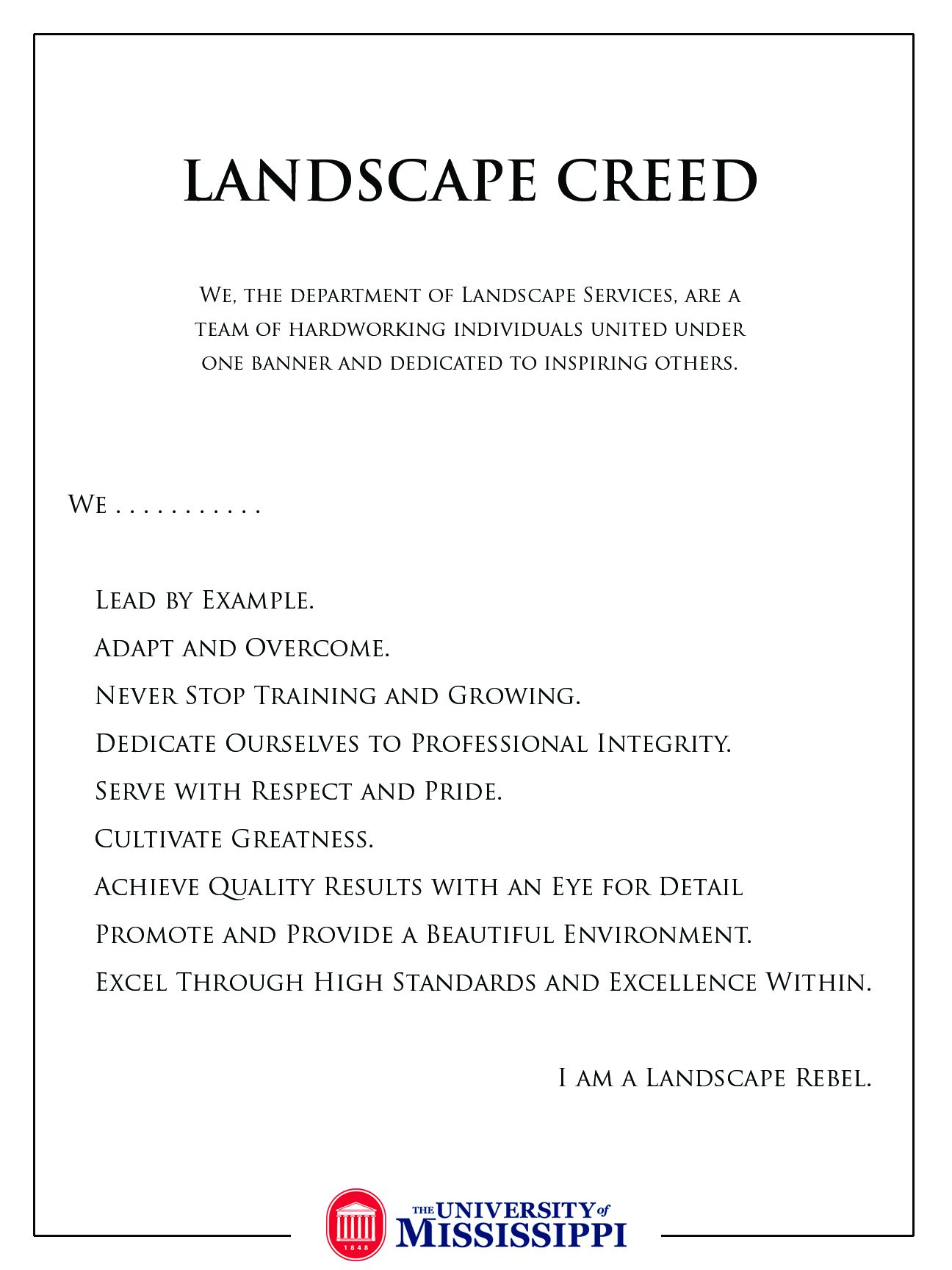Osage Orange
Osage orange (Maclura pomifera) is a medium-sized tree with milky sap that will grow to 40 feet (12.2 meters) tall. Bark is light gray-brown tinged with orange. Bark on large trees separates into shaggy strips. Twigs are orange-brown with a zigzag shape and have sharp axillary spines on vigorous juvenile growth. These spines may be infrequent or absent on mature, slow-growing trees, but will return on sprouts from such trees. Leaves are alternate, entire, shiny, ovate or ovate-lanceolate, and long pointed at the tip. Osage orange typically occurs in open sunny areas and can grow in a variety of soils. It is most frequently found growing in hedgerows or in pastures, but also occurs in disturbed forests and on river banks. It prefers a deep and fertile soil but it has great powers of adaptation and is hardy over most of the contiguous United States, where it is extensively used as a hedge plant. It needs severe pruning to keep it in bounds and the shoots of a single year will grow 3–6 feet (0.91–1.8 m) long. A neglected hedge will soon become fruit-bearing. It is remarkably free from insect enemies and fungal diseases. A thornless male cultivar of the species exists and is vegetatively reproduced for ornamental use. |
|

